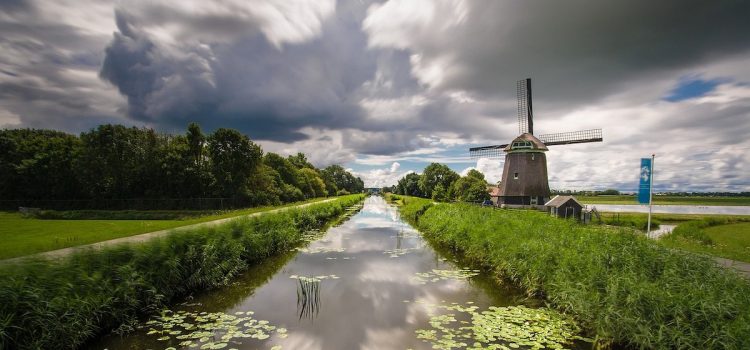

This article is an excerpt from the Shortform book guide to "False Alarm" by Bjørn Lomborg. Shortform has the world's best summaries and analyses of books you should be reading.
Like this article? Sign up for a free trial here.
How can we adapt to climate change? Can we do something practical about rising sea levels and extreme heat?
In False Alarm, Bjorn Lomborg discusses several ways to combat climate change head-on. He realizes, though, that some things are beyond our control. To some extent, we just have to adapt to the realities.
Continue reading to learn about some practical adaptations that could help us continue to flourish.
Adapting to Climate Change
In his book, Lomborg advocates for innovative solutions to climate change, but he admits that innovation won’t stop climate change entirely. That’s because CO2 in the atmosphere is a product of past emissions, which we can’t control. Consequently, Lomborg argues that we need to adapt to climate change over the coming century.
How can we adapt to climate change? Though Lomborg discusses various adaptations, we’ll focus on three key ones: adapting to rising sea levels, river flooding, and heat waves.
To start, Lomborg grants that rising temperatures will lead to rising sea levels, placing coastal territories at risk. However, we can meet these rising sea levels with adaptation. For instance, we can build dikes—coastal walls to stop flooding—or pursue artificial nourishment—adding sand to coasts to combat rising sea levels. According to Lomborg, one 2019 cost-benefit analysis found that dikes save $40 per dollar spent, while artificial nourishment saves $111.
(Shortform note: Instead of artificial defenses, like constructing dikes, other experts propose so-called “living shorelines” as an alternative approach to rising sea levels. In short, living shorelines are combinations of natural organisms and materials tailored to specific coasts. For instance, shores with tame waters can benefit from salty marshes, which combat rising sea levels by absorbing large amounts of water.)
In a similar vein, climate change could increase the risk of river flooding in some areas. To handle flooding, Lomborg recommends various strategies. For example, we could follow suit with Holland, creating floodplains that we let flood to avoid damage to cities. Or, we could invest in more vegetated areas in cities that better absorb water. These investments, Lomborg argues, have promising returns: FEMA found that each dollar spent on flood mitigation would save $6 in damages.
(Shortform note: In addition to creating floodplains, the Netherlands also began widening rivers prone to flooding in 2012 to provide more room for excess water. By constructing dikes nearly 400 meters further inland, they created a new channel for the Waal river to mitigate the risk of flooding. The project’s cost-benefit analysis predicts savings to surpass $295 million.)
Finally, Lomborg notes that heat waves will likely worsen in cities, which contain heat-absorbing asphalt and lack cooling features, like water areas. Because black roofs and asphalt increase temperature, he recommends a simple adaptation—painting roofs and roads with light-colored coatings. According to one model, this could decrease summer temperatures by several degrees in certain cities.
(Shortform note: Because cool roofs reduce temperatures inside buildings as well, they reduce energy usage by decreasing the need for air conditioning. Consequently, they aren’t just an adaptation to climate change, but also a direct way to mitigate it.)
Although they don’t reduce carbon emissions, Lomborg argues that these adaptations would affordably mitigate the effects of rising temperatures. So, investing in adaptation is an appropriate response to climate change.

———End of Preview———
Like what you just read? Read the rest of the world's best book summary and analysis of Bjørn Lomborg's "False Alarm" at Shortform.
Here's what you'll find in our full False Alarm summary:
- Why climate change isn't as cataclysmic as people think
- The unintended costs that come with climate activists’ proposed approaches
- A look at the most promising approaches to climate change






